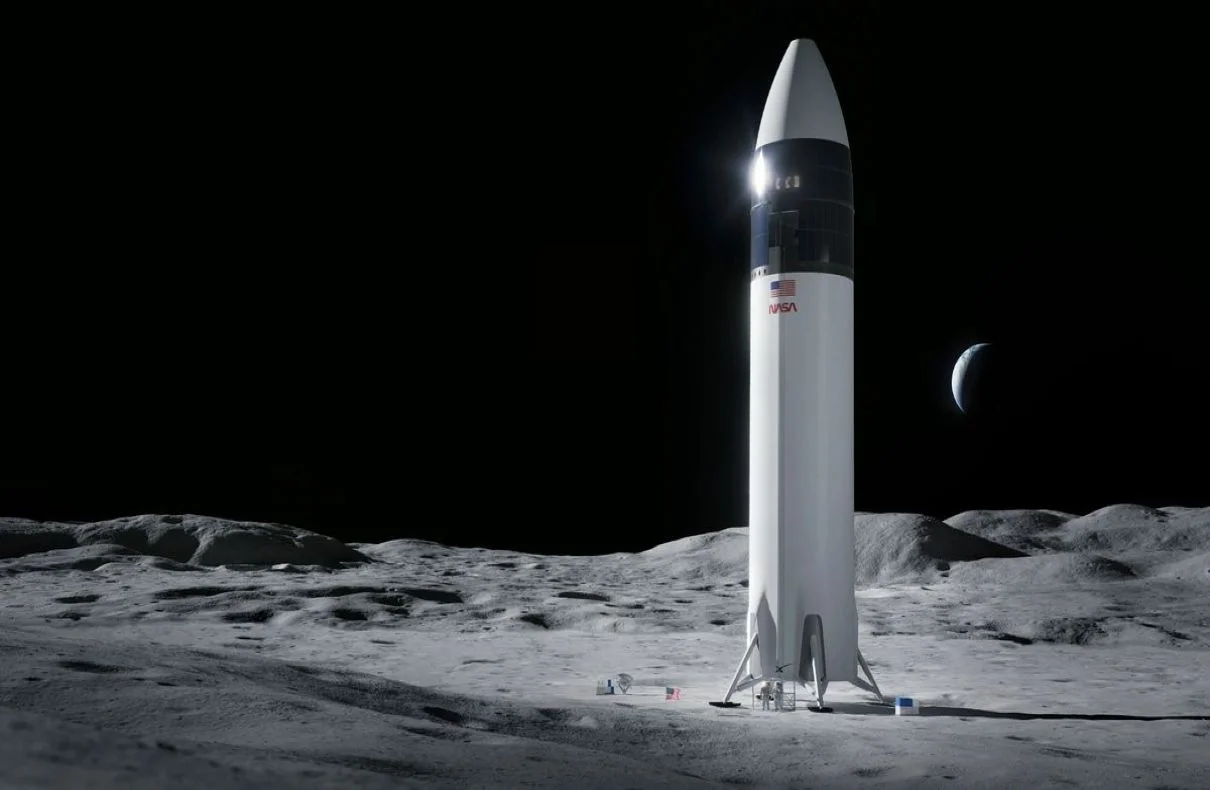
The United States’ attempt to land on the moon after more than 50 years faced a major setback as the spacecraft developed a critical fuel leak shortly after liftoff. This article delves into the challenges encountered by the private company, Astrobotic Technology, in their mission to land the Peregrine lunar lander on the moon.
On Monday, the Peregrine lunar lander, built by Astrobotic Technology, was launched from Cape Canaveral Space Force Station in Florida. The spacecraft was carried by the United Launch Alliance’s Vulcan rocket. However, a few hours after the successful separation from the rocket, technical malfunctions started to arise. The lander faced difficulties in orienting its solar panels toward the sun, hindering its ability to collect sunlight and charge its battery. Astrobotic’s team worked tirelessly to resolve the issue and managed to execute an improvised maneuver to reorient the solar panels.
While the initial maneuver provided a temporary solution, it became apparent that there was a critical loss of fuel in the lander’s propulsion system. This loss jeopardized the spacecraft’s ability to perform a soft landing on the moon as planned for February 23. Astrobotic stated that they were assessing alternative mission profiles to salvage the situation. The propulsion system failure posed a significant challenge, but the team remained committed to maximizing the science and data they could capture.
SpaceX’s Epic Falcon 9 Rocket Launch Tonight
Astrobotic’s mission holds great significance as it aims to be the first private business to successfully land on the moon. Achieving this milestone would place them among the exclusive group of four countries that have accomplished such a feat: the United States, the Soviet Union, China, and India. The mission also aligns with NASA’s Artemis program, which seeks to return astronauts to the moon’s surface in the coming years. Private companies like Astrobotic play a crucial role in scoping out the lunar environment and delivering technology and scientific experiments.
Utilizing private companies for lunar missions offers several advantages, including cost-effectiveness and quicker delivery. However, it also comes with added risks. NASA recognizes the importance of accepting these risks in order to advance science, exploration, and commercial development. Each success and setback serves as an opportunity for learning and growth. Astrobotic’s mission represents a groundbreaking step in the continued exploration and utilization of the moon.
While the outcome of Astrobotic’s mission remains uncertain, another private company, Intuitive Machines, is set to launch its own lunar lander next month. This competition among private space operators signifies the increasing interest in lunar exploration and potential commercial opportunities. The space race to the moon continues, and multiple companies are vying to make their mark in space history.
Landing on the moon has been a mix of triumphs and failures throughout history. The United States and the Soviet Union achieved successful moon landings in the 1960s and 70s before pausing their efforts. China joined the club in 2013, followed by India in 2023. However, last year witnessed both Russia and a private Japanese company experiencing unsuccessful landings. Despite the challenges faced, the pursuit of lunar exploration remains a driving force for scientific discovery and human curiosity.
SpaceX’s Epic Falcon 9 Launch Sends 23 Satellites to Orbit
Astrobotic’s mission carries not only scientific instruments from NASA but also the remains and DNA of individuals who played significant roles in space exploration. Among them are “Star Trek” creator Gene Roddenberry and science fiction writer Arthur C. Clarke. The inclusion of these cultural artifacts highlights the intersection of science, technology, and human imagination. Moreover, the mission aims to gather crucial data about the lunar surface to aid future human missions and support NASA’s Artemis program.
Astrobotic’s mission represents a pivotal moment for commercial spaceflight. The launch of the Vulcan rocket, developed by United Launch Alliance, signifies the company’s advancements in satellite launch technology. While the mission faced challenges, the successful separation of the lander from the rocket marked a significant milestone. The competition between private space companies, such as Astrobotic and SpaceX, continues to spur innovation and drive the expansion of the space industry.
